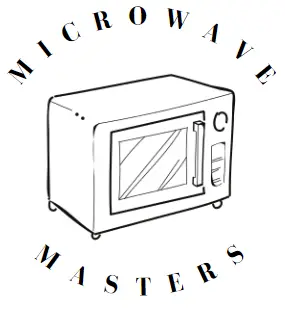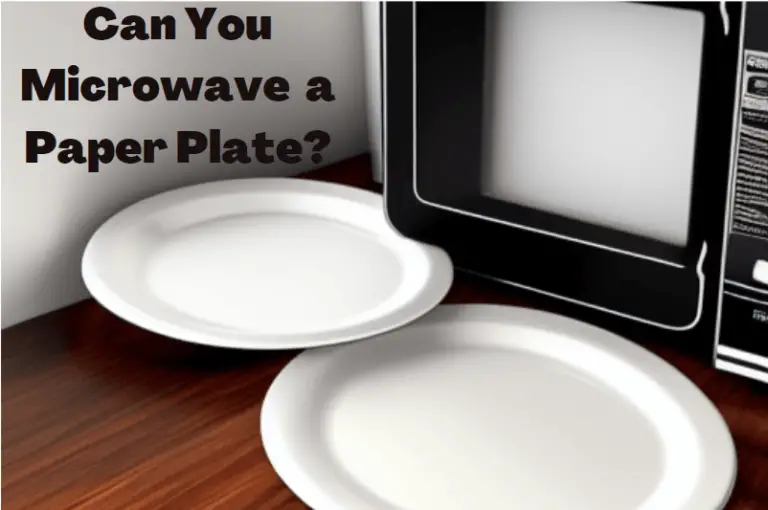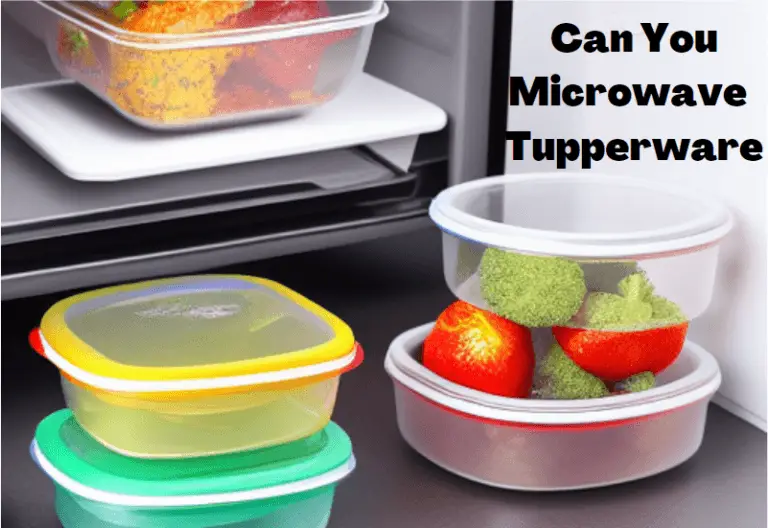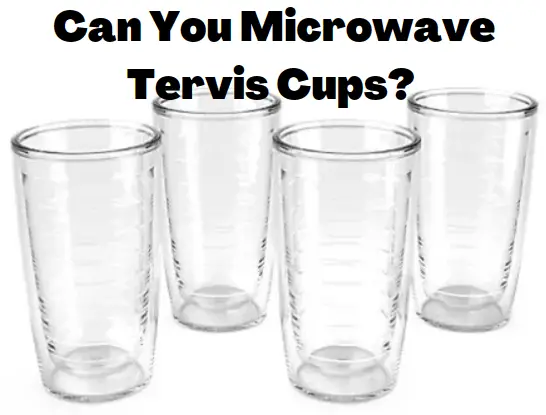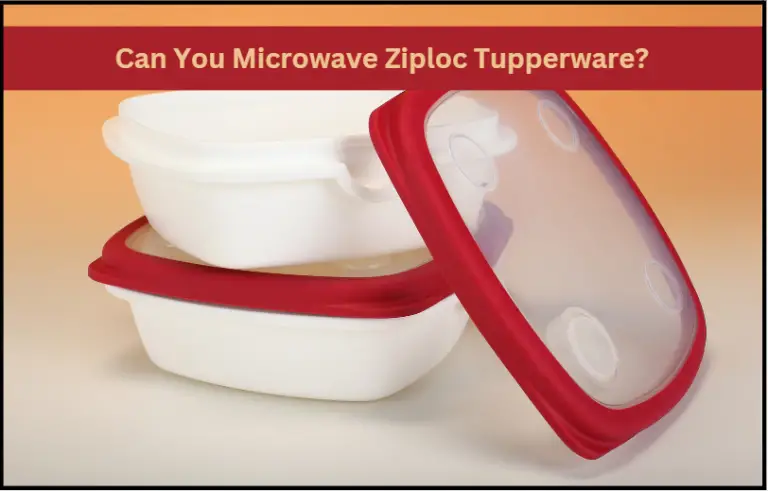Can You Microwave Silicone? Answer Revealed.
If you’ve any time cooking in the kitchen you’ve probably thought, can you microwave silicone? Well, the answer may surprise you!
Silicone is an amazing material, one that can take very high temperatures without melting or releasing chemicals, perfect for microwaving food.
And it can be found in things such as your kitchen utensils, like cups and spoons, to handy items such as ice cube trays and cake molds. Who knew a bit of microwavable silicone could change the course of your cooking adventure? Whether you add it to your everyday meal prep or just jazz up those midnight snacks, you can trust that it’s perfectly safe to microwave silicone making kitchen endeavors easy and delicious!
Can You Microwave Silicone?
Yes, you can microwave silicone! Unlike most plastics, silicone is heat-resistant and does not contain harmful toxins. This means that it won’t melt or burn in the microwave, making it a safe option for reheating food or cooking. However, there are a few things to keep in mind to ensure your safety and the longevity of your silicone products.
Firstly, make sure that the silicone product you’re using is labeled as microwave-safe. Most types of silicone bakeware and cookware are considered safe for use in the microwave, but it’s always best to double-check before microwaving.
Secondly, be careful when removing hot silicone from the microwave. While silicone doesn’t absorb microwaves like other materials do, it can still get hot from contact with heated food. Use oven mitts or a towel to protect your hands when handling hot silicone.
Finally, avoid microwaving any silicone products that have metal components such as wire reinforcements or metal handles. These can cause sparks and damage to both your microwave and the product itself.
In conclusion, if you’re wondering whether you can microwave silicone, the answer is yes! Just make sure to follow these guidelines for safe and effective use.
What is Silicone?
Silicone kitchenware refers to cooking and baking utensils, cookware, and gadgets made from silicone material. Silicone is a rubber-like material that is heat-resistant, flexible, and non-stick. It is a popular choice for kitchenware because it does not scratch or damage non-stick surfaces and can withstand high temperatures without melting or warping. Silicone kitchenware includes items such as spatulas, tongs, whisks, baking mats, and more.
It’s quickly becoming a safer alternative to plastic to heat up food in the microwave!
Advantages of Using Silicone in the Microwave
Silicone is a versatile material that has become increasingly popular in the kitchen due to its durability, flexibility, and safety. Here are 5 reasons why silicone is good to use in the microwave:
- Heat Resistant: Silicone is heat resistant and can withstand high temperatures without melting or warping. This makes it ideal for use in the microwave as it won’t melt or release harmful chemicals when exposed to high heat.
- Non-Toxic: Food-grade silicone is non-toxic and doesn’t contain any harmful chemicals that can leach into your food when heated. This means you can safely use silicone containers, mats, and utensils in the microwave without worrying about any health risks.
- Easy to Clean: Silicone is easy to clean and doesn’t absorb odors or flavors like other materials such as plastic or wood. You can simply wash it with soap and water or put it in the dishwasher for hassle-free cleaning.
- Versatile: Silicone comes in a variety of shapes and sizes, making it perfect for a range of microwave cooking tasks such as steaming vegetables, reheating leftovers, or baking muffins.
- Durable: Silicone is durable and long-lasting, so you won’t have to replace your silicone cookware or utensils frequently. This makes it a cost-effective option for those who want quality kitchen tools that will last.
In conclusion, using silicone in the microwave is safe and convenient due to its heat resistance, non-toxicity, ease of cleaning, versatility, and durability.
Does Silicone Leach When Heated?
Silicone is a popular material used in various products such as kitchen utensils, baby bottles, and even medical implants. However, there have been concerns about whether silicone can leach chemicals when heated. So, does silicone leach chemicals when heated?
According to the FDA, food-grade silicone cookware and utensils do not cause harmful chemical contamination of foods. This means that it is safe to use silicone products for cooking and baking at high temperatures without worrying about chemical leaching.
It is important to note that while silicones are generally stable and inert, they are not completely chemically unreactive. Some studies have found that certain types of harmful silicones such as D3, D4, and D5 can leach from silicone baby bottle nipples into milk and infant formula. However, this does not apply to food-grade silicone products that are specifically designed for cooking or baking.
In conclusion, if you are using food-grade silicone products that are specifically designed for cooking or baking at high temperatures, you can rest assured that they do not leach harmful chemicals into your food. It is always important to read product labels carefully and choose reputable brands when purchasing silicone products.
Is it Safe to Heat Silicone?
If you’re wondering whether it’s safe to heat silicone, the answer is yes – but only up to a certain temperature. Silicone cookware is heat-resistant and can withstand temperatures of up to 428°F or 220°C, making it a popular choice for baking and cooking.
When using silicone cookware, be sure to follow the manufacturer’s instructions and avoid exposing it to direct flame or placing it under the broiler. It’s also recommended to use silicone utensils with your cookware, as metal utensils can scratch the surface and potentially damage its non-stick properties.
Overall, silicone cookware is a safe and convenient option for home cooks looking for an alternative to traditional materials like metal or glass. Just be sure to use it within its recommended temperature range and take proper care when handling and cleaning.
Is Silicone or Plastic Better in the Microwave?
When it comes to microwaving, silicone is a safer option than plastic. While plastic containers can melt and release harmful chemicals into your food, silicone can withstand higher temperatures without leaching toxins.
Silicone is also more durable and long-lasting than plastic, making it a better investment in the long run. And unlike some plastics, silicone is non-toxic and doesn’t contain harmful chemicals like BPA or phthalates.
So if you’re looking for a microwave-safe option for your food storage or cooking needs, consider investing in some high-quality silicone containers or cookware. Your health (and the environment) will thank you!
How to Use Silicone Molds for Baking in the Microwave
If you’re looking to use silicone molds for baking in the microwave, there are a few things to keep in mind. While silicone is generally safe for use in the microwave, it’s important to follow some basic guidelines to ensure your baked goods turn out perfectly.
Tips for Using Silicone Molds for Baking in the Microwave
- Choose the right mold: Not all silicone molds are created equal. Make sure you choose a mold that is specifically designed for use in the microwave.
- Adjust cooking time: When baking in silicone molds, you’ll need to adjust your cooking time. Start with a shorter cooking time than you would normally use and check your baked goods frequently until they’re done.
- Use a lower power setting: When using silicone molds in the microwave, it’s best to use a lower power setting to prevent overcooking or burning.
- Grease the mold: Even though silicone is non-stick, it’s still a good idea to grease your mold before adding batter or dough.
- Place on a microwave-safe plate: To prevent spills and ensure even cooking, place your silicone mold on a microwave-safe plate before putting it in the microwave.
- Let cool before removing: Once your baked goods are done, let them cool completely before removing them from the mold.
By following these simple tips, you can use silicone molds for baking in the microwave with confidence and create delicious treats every time!
